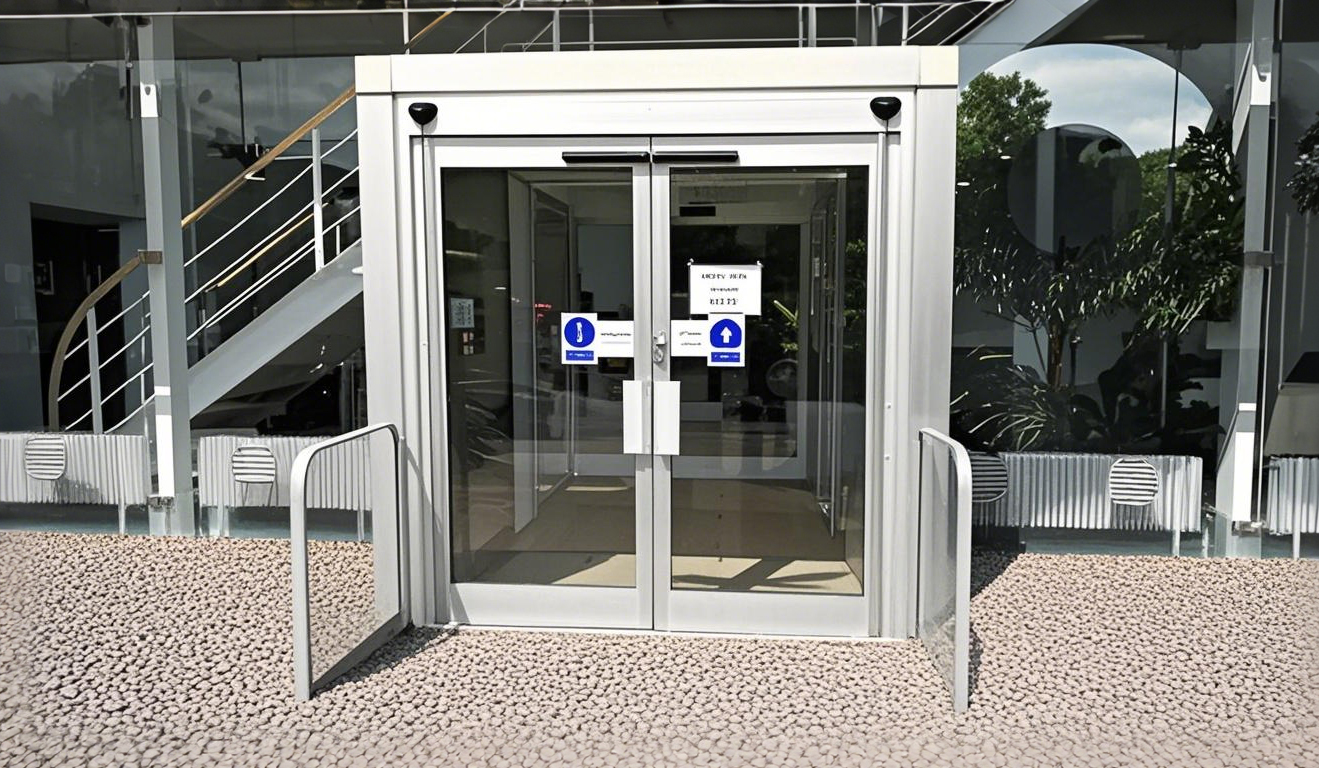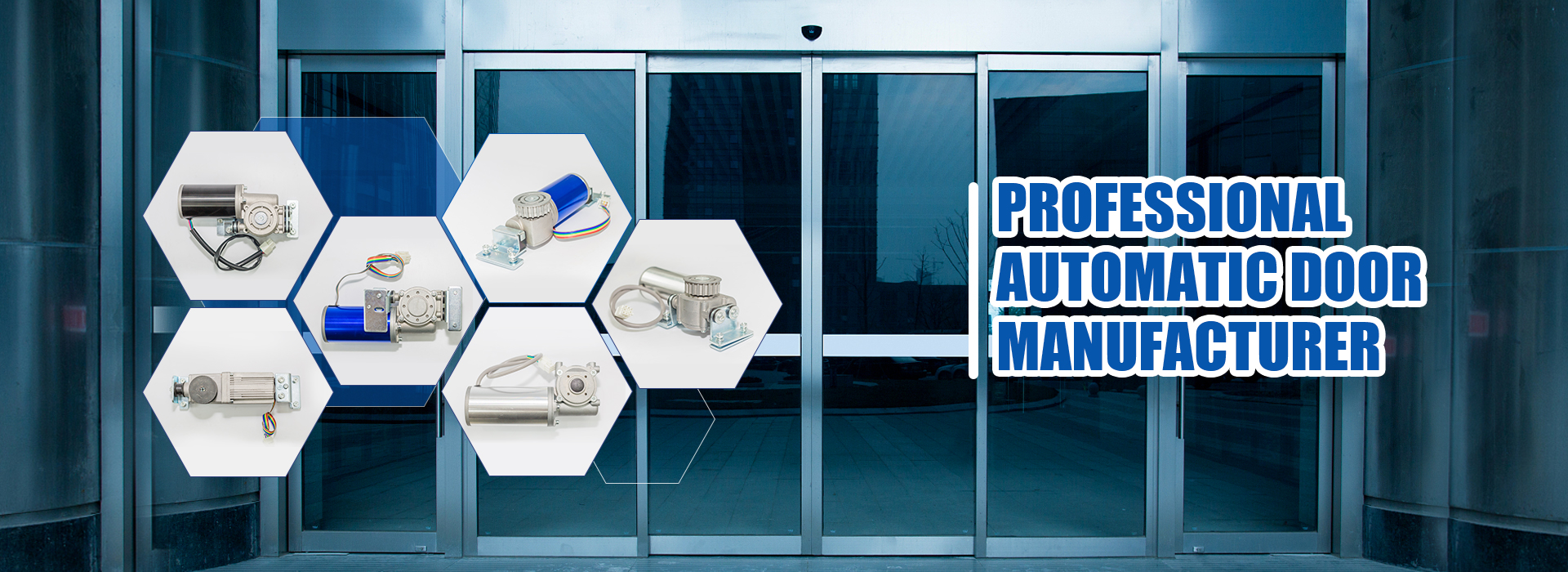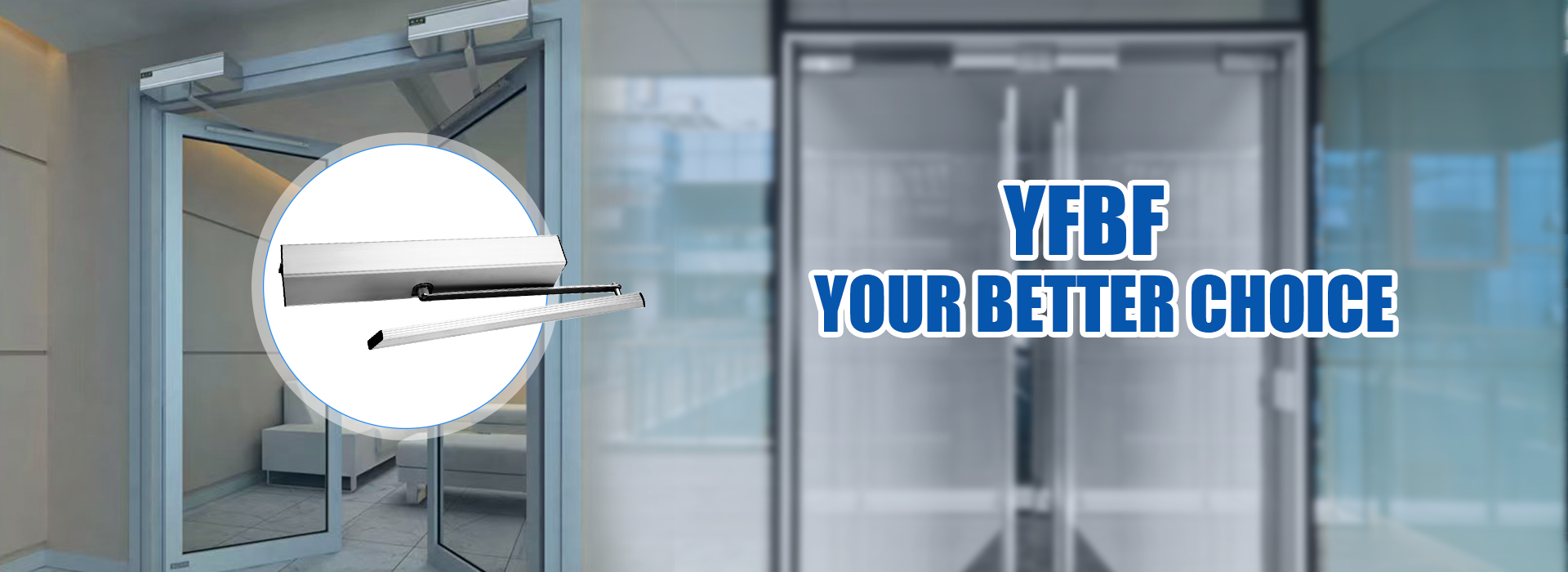
Automatic swing door operators greatly enhance accessibility for individuals with mobility challenges. These systems create a smooth entry and exit experience, minimizing physical strain and fostering independence. As society recognizes the vital role of accessibility in both public and private spaces, the demand for such solutions continues to grow. The global market for automatic swing door operators was valued at US$ 990 million in 2024 and is projected to reach US$ 1523 million by 2031, growing at a CAGR of 6.4%.
Key Takeaways
- Automatic swing door operators enhance accessibility for individuals with mobility challenges, allowing hands-free entry and exit.
- These systems improve safety by using sensors to detect obstructions, preventing accidents and ensuring smooth operation.
- Investing in automatic doors promotes energy efficiency and hygiene, making facilities more welcoming and reducing the spread of germs.
Functionality of Automatic Swing Door Operators
How They Work
Automatic swing door operators function through a combination of sensors and control systems. These systems detect user presence and respond accordingly to ensure safe and efficient door operation. The primary components include:
- Sensors: These devices detect individuals in the door’s path while it opens and closes. They utilize active infrared technology combined with Position Sensitive Detection (PSD) for precise detection.
- Control Systems: These systems manage the door’s movement based on sensor input. They can slow or stop the door if a person is detected during opening and reopen the door if a person is detected during closing.
Here is a summary of the key features of these systems:
| Feature | Description |
|---|---|
| Sensing | Detects individuals in the door’s path while opening and closing. |
| Response | Slows or stops the door if a person is detected during opening; reopens the door if a person is detected during closing. |
| Technology | Utilizes active infrared technology combined with Position Sensitive Detection (PSD) for precise detection. |
| Adjustability | Each sensor module’s detection zone can be adjusted independently. |
Regular monitoring of safety sensors is essential to ensure functionality. Compliance with ANSI 156.10 standards is required for safety. Monitoring occurs before each closing cycle to prevent injury.
Types of Operators
Automatic swing door operators come in various types, each designed for specific applications and environments. Understanding these types helps users choose the right operator for their needs. The main types include:
| Type of Operator | Mechanism Description |
|---|---|
| Pneumatic Operators | Use compressed air to control door movement; simpler with fewer moving parts but can be noisier. |
| Electro-mechanical Operators | Utilize an electric motor for mechanical movement; reliable and low maintenance with fewer parts. |
| Electro-hydraulic Operators | Combine hydraulic and electric systems for smooth operation; suitable for heavy-duty use but more complex. |
| Magnetic Lock Operators | Use electromagnets for security; low maintenance with fewer moving parts. |
| Belt Drive Operators | Employ a belt and pulley system; quieter but less powerful, not suitable for heavy doors. |
In various settings, such as healthcare, educational, and commercial facilities, specific types of operators are more commonly used. For instance, low-energy operators are ideal for healthcare and educational environments due to their touchless convenience and minimal space usage. Full-power operators enhance accessibility in commercial facilities, making them suitable for various applications.
Automatic swing door operators significantly improve accessibility and safety in many environments. Their advanced technology and diverse types cater to different needs, ensuring that everyone can enjoy seamless entry and exit experiences.
Benefits for Individuals with Disabilities

Enhanced Independence
Automatic swing door operators significantly enhance independence for individuals with disabilities. These systems allow users to navigate doorways without needing to exert physical effort. For many, this hands-free operation is a game-changer.
- Millions of Americans face exclusion due to inaccessible entrances. Automatic doors create welcoming spaces that invite everyone in.
- Individuals using mobility aids, such as wheelchairs or walkers, benefit greatly. They no longer struggle with heavy or awkward doors. Instead, they can enter and exit freely, promoting a sense of autonomy.
Facilities that expect a higher number of elderly guests, individuals with disabilities, or families with young children should consider installing automatic doors. These operators not only improve accessibility but also foster an inclusive environment where everyone feels welcome.
Reduced Physical Barriers
Automatic swing door operators effectively reduce physical barriers in various settings. They provide seamless access, which is crucial for individuals with limited mobility.
- Unlike manual doors, automatic doors do not require any physical effort to operate. This feature makes them inherently accessible.
- Users can navigate doorways without needing to push or pull, which simplifies their daily routines. The customizable settings allow adjustments to the speed and hold-open duration, ensuring comfort and safety.
Safety and Compliance
Meeting Accessibility Standards
Automatic swing door operators play a crucial role in helping facilities comply with accessibility standards, such as the Americans with Disabilities Act (ADA). These operators ensure that entrances remain accessible to everyone, including individuals with disabilities. Key features that support compliance include:
| Feature | Benefit |
|---|---|
| Automatic opening | Reduces physical effort for individuals with disabilities. |
| Motion sensors | Prevents accidents by ensuring doors do not close prematurely. |
| Compliance with ADA | Meets legal requirements for accessibility in public spaces. |
Facilities must also consider specific hardware requirements. For example, door handles should be operable with one hand and positioned between 34 and 48 inches above the floor. Additionally, the minimum clear opening width should be 32 inches, and the maximum opening force for interior swing doors should not exceed 5 pounds.
Safety Features
Safety is paramount when it comes to automatic swing door operators. These systems incorporate various safety features to prevent accidents and injuries. Some of the most common safety features include:
- Safety Sensors: Detect obstructions and stop the door if something is in the way.
- Force Sensing Technology: Stops and reverses the door if it encounters resistance beyond a safe threshold.
- Hold-Open Time Settings: Adjustable timing for how long the door remains open.
- Emergency Stop Buttons: Allows immediate halting of the door in emergencies.
- Battery Backup: Ensures functionality during power outages.
- Manual Override: Lets users manually operate the door if needed.
- Audible Alarms and Visual Indicators: Alerts users when the door is in motion or if an obstruction is detected.
These features work together to create a safe environment for all users. By integrating advanced technology, automatic swing door operators enhance both accessibility and safety in various settings.
Additional Advantages
Energy Efficiency
Automatic swing door operators contribute significantly to energy efficiency in buildings. These systems utilize motion sensors to detect pedestrians, allowing doors to open and close automatically. This feature minimizes the time doors remain open, which helps reduce energy loss, especially in high-traffic areas.
- Automatic doors limit heating and cooling costs by reducing how long doors stay open.
- They close promptly after someone passes through, minimizing air loss and maintaining indoor temperatures.
In contrast, manual doors depend on user behavior. If left open, they can lead to increased energy bills due to unnecessary heating or cooling.
Hygiene Benefits
Automatic swing door operators offer substantial hygiene benefits, particularly in healthcare and food service environments. By eliminating the need to touch door handles, these systems help prevent the spread of germs.
- Touchless technology reduces contact with surfaces that often harbor illness-inducing germs, such as viruses and bacteria.
- Features like air-tight isolation doors and sterile stainless steel enhance cleanliness in sensitive areas.
In hospitals, automatic doors play a crucial role in controlling infection spread. They allow access without physical contact, which is vital for maintaining hygienic environments. This capability is especially important in preventing the transmission of diseases through frequently touched surfaces.
Overall, automatic swing door operators not only enhance accessibility but also promote energy efficiency and hygiene, making them a valuable addition to various facilities.
Automatic swing door operators are essential for enhancing accessibility in various environments. They support individuals with disabilities by providing hands-free access, which simplifies entry and exit. These systems also contribute to overall safety and efficiency. Investing in automatic swing door operators creates inclusive spaces that welcome everyone.
FAQ
What are automatic swing door operators?
Automatic swing door operators are systems that open and close doors automatically, enhancing accessibility for individuals with mobility challenges.
How do these operators improve safety?
These operators include safety sensors that detect obstructions, preventing accidents by stopping or reversing the door’s movement.
Where are automatic swing door operators commonly used?
They are commonly used in healthcare facilities, commercial buildings, and educational institutions to provide accessible entrances for all users.
Post time: Sep-24-2025



